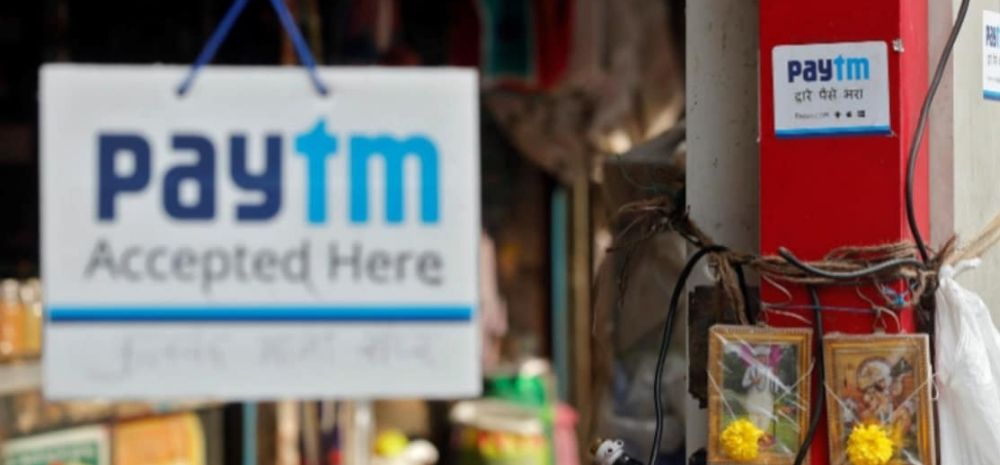The National Payments Corporation of India (NPCI) has given Paytm the green light to onboard new Unified Payments Interface (UPI) users, a significant development after months of regulatory restrictions. This move comes after Paytm Payments Bank Limited (PPBL) was earlier prohibited from adding new users on the Paytm app due to concerns raised by the Reserve Bank of India (RBI).

Background: Paytm’s UPI Challenges
Earlier this year, Paytm faced a major setback when the RBI imposed restrictions on its associate company, Paytm Payments Bank Limited (PPBL). In January 2024, the RBI directed PPBL to stop accepting deposits or processing UPI top-ups, citing non-compliance and material supervisory concerns. This directive meant that Paytm could not onboard new UPI users on its app, causing significant disruption to its growing UPI customer base.
However, in March 2024, Paytm was permitted by NPCI to continue UPI transactions, but only as a Third-Party Application Provider (TPAP) through partner banks such as SBI, Axis Bank, HDFC Bank, and YES Bank.
NPCI’s Approval: A Relief for Paytm
In a filing to the Bombay Stock Exchange (BSE) on October 22, 2024, Paytm announced that the NPCI has officially approved the company to resume onboarding new UPI users. The NPCI’s decision follows Paytm’s request made in August 2024, seeking permission to restart this key aspect of its operations. This approval marks a significant step forward for Paytm after enduring months of regulatory limitations.
Compliance Requirements for Paytm
The NPCI’s approval does come with specific conditions. Paytm must comply with a series of NPCI procedural guidelines and circulars, including those related to risk management, brand guidelines for the app and QR code, multi-bank guidelines, and customer data management. Furthermore, Paytm will be required to adhere to India’s regulatory framework, including the Payments and Settlement Act, 2007, the Information Technology Act, 2000, the Digital Personal Data Protection Act, 2023, and guidelines on data storage issued in 2018.
In addition, Paytm must fulfill the requirements outlined in its tri-partite agreement with NPCI and PSP (Payment Service Provider) banks, ensuring smooth operations under its revised UPI service model.
Conclusion
The NPCI’s approval allows Paytm to once again onboard new UPI users, providing the fintech giant with the opportunity to regain momentum in India’s competitive digital payments space. However, strict compliance with regulatory and procedural guidelines will be key to maintaining this approval and ensuring sustainable growth. As Paytm resumes its UPI operations, it will need to demonstrate its commitment to transparency, risk management, and customer data protection in the fast-evolving digital payments landscape.
4o












